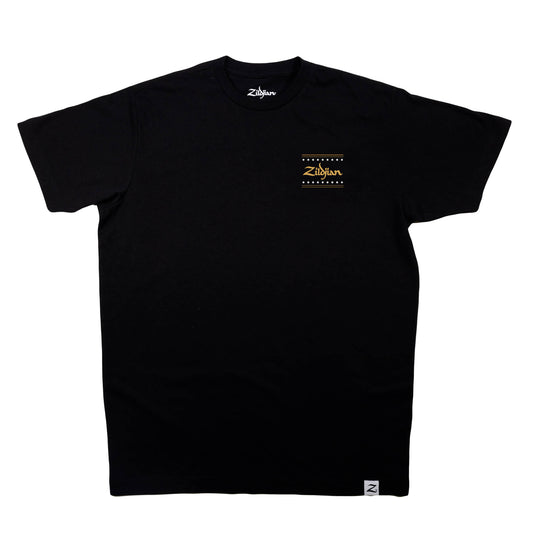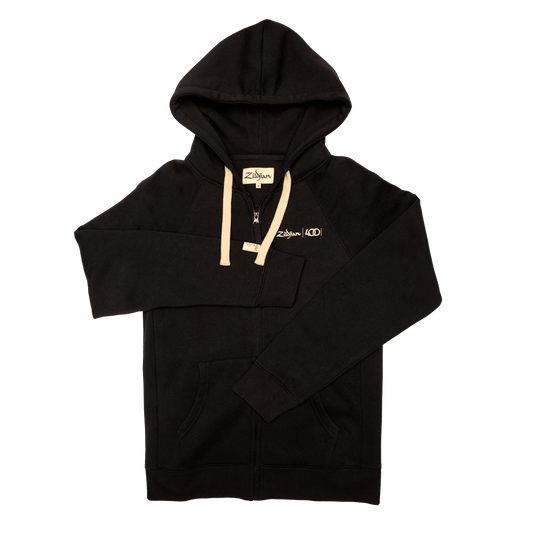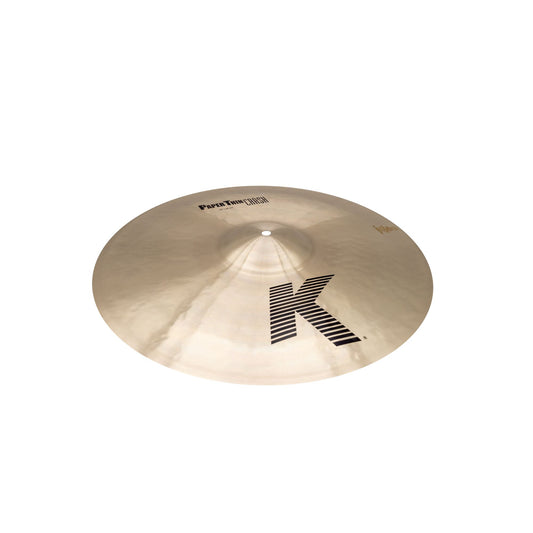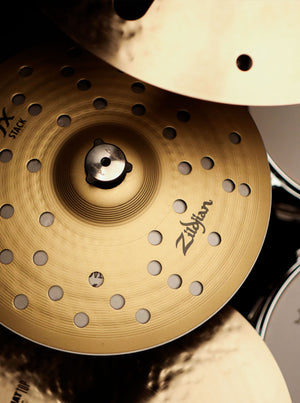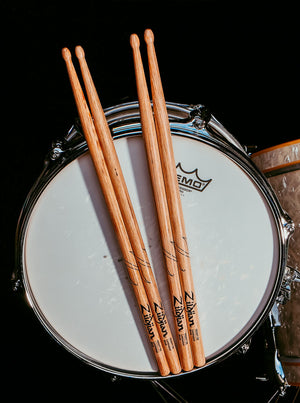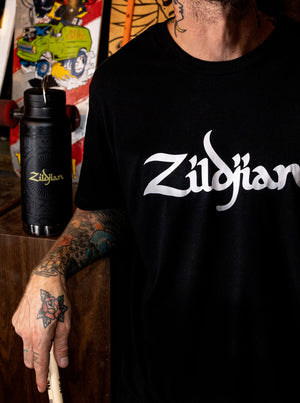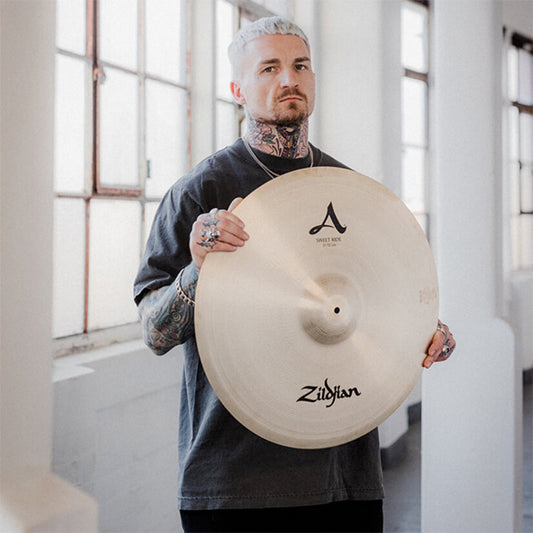Caroline Polachek
PLAYER FAVORITES
-
Vendor:ALCHEM-E
Zildjian ALCHEM-E Perfect Tune Headphones
0 ReviewsRegular price $399.95Regular priceUnit price / per -
Vendor:
Zildjian Blackout Stretch Fit Hat
0 ReviewsRegular price $30.00Regular priceUnit price / per -
Vendor:ALCHEM-E
ALCHEM-E Gold EX Electronic Drum Kit
0 ReviewsRegular price $5,999.99Regular priceUnit price / per -
Vendor:
Zildjian Limited Edition Z Custom Black T-Shirt
0 ReviewsRegular price $26.25Regular priceUnit price / per$35.00Sale price $26.25Sale -
Vendor:
Zildjian Limited Edition 400th Anniversary Alchemy Tee
0 ReviewsRegular price $15.00Regular priceUnit price / per$35.00Sale price $15.00Sale -
Vendor:
Zildjian Classic Logo Tee
0 ReviewsRegular price $30.00Regular priceUnit price / per -
Vendor:
Zildjian Limited Edition 400th Anniversary Zip Hoodie
0 ReviewsRegular price $30.00Regular priceUnit price / per$80.00Sale price $30.00Sale -
Vendor:K Family
K Paper Thin Crashes
0 ReviewsRegular price Starting from $399.95Regular priceUnit price / per -
Vendor:
Zildjian 5B Limited Edition 400th Anniversary Alchemy Drumsticks
0 ReviewsRegular price $14.99Regular priceUnit price / per -
Vendor:
Zildjian Limited Edition 400th Anniversary T-Shirt Box Set
0 ReviewsRegular price $136.00Regular priceUnit price / per$160.00Sale price $136.00Sold out
1
/
of
9
Shop By Category


EXPLORE OUR ARTISTS
Explore Sound Through Our Family Of Artists
#PLAYZILDJIAN
Tag your pics and videos with @zildjiancompany and #PlayZildjian and show us how you express yourself with Zildjian.
 Skip to content
Skip to content












